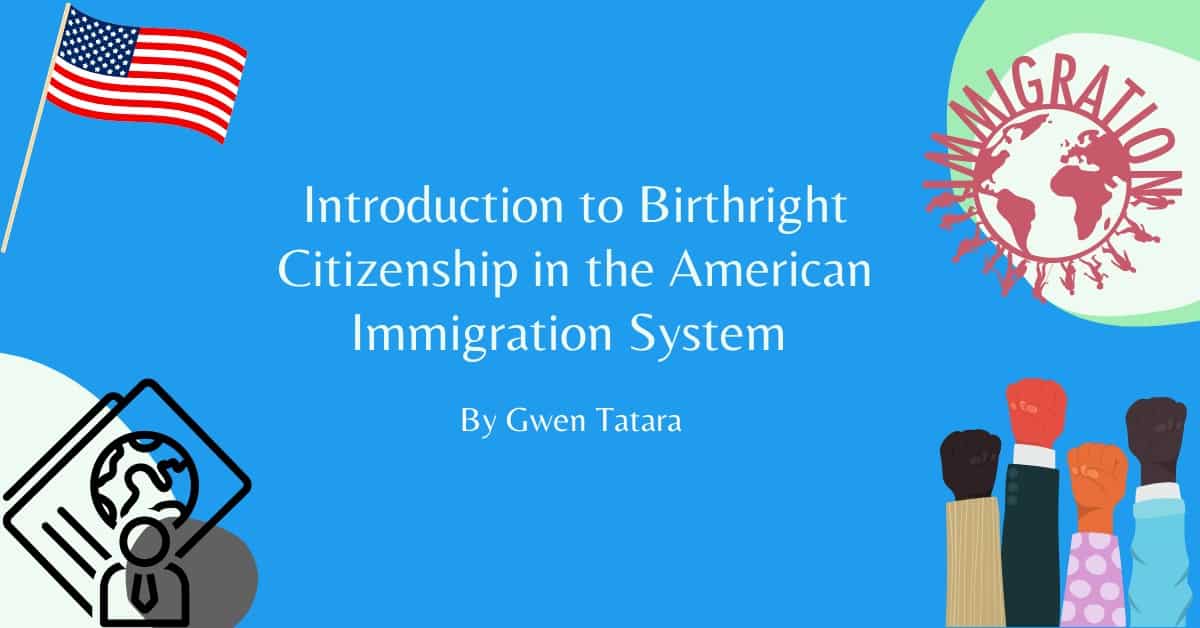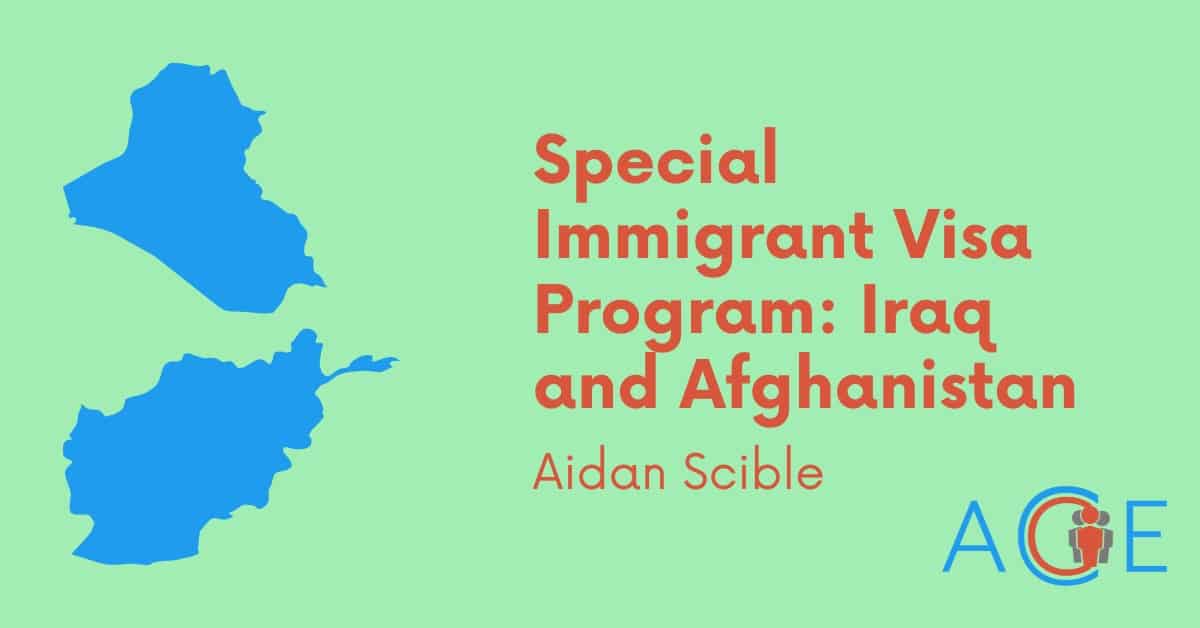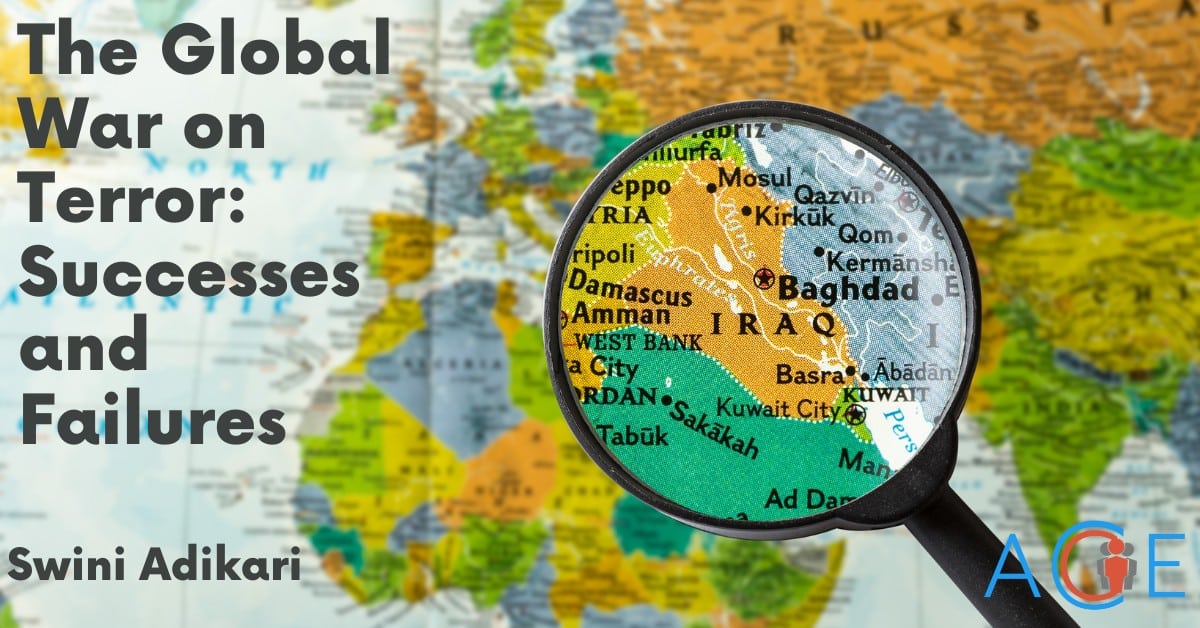Fact Sheet
Population: 51,500,708
Capital: Bogota
System of Governance: Presidential Representative Republic
President: Gustavo Petro
Majority Language: Spanish
Majority Religion: Catholicism
GDP Per Capita: $5,334.6 (2020)
Global Freedom Score: 64 (partly free)
GINI Index: 54.2
History of Colombia’s Relationship with the U.S.
Relations between Colombia and the U.S. officially began in 1821, when the South American country was known as Gran Colombia and included the modern states of Venezuela, Ecuador, and Panama. Of specific interest to the U.S. was the Panama isthmus, the natural geographic location for a canal through Central America. The construction of a canal was critical to U.S. maritime trade, and when Gran Colombia refused an offer for the U.S. to build the canal, the U.S. supported Panama in successfully revolting against the Colombian government. After independence, the new Panamanian government convened a treaty with the U.S., allowing for the construction of the Panama Canal. This event impacted U.S.-Colombia relations for decades.
While bilateral relations cooled, U.S. corporate activity in Colombia grew as large companies invested in the South American nation, many of whom employed exploitative labor practices. In 1928, over 2,000 Colombian workers on strike at the U.S. corporation United Fruit Company were killed by the Colombian military. The strikers were portrayed by U.S. officials and United Fruit Company representatives as reflecting a “subversive tendency,” and this stoked American fears of a broader communist movement in the region. The massacre occured after the U.S. government threatened to send in the Marine Corps if the strike continued, and the event sparked outrage at U.S. commercial interests in Colombia.
By the mid-20th century, the U.S. and Colombia were aligned militarily. Colombia fought alongside the Allies in WWII, and the country contributed many aspiring officers to the School of the Americas (SOA), which opened in the Panama Canal Zone in 1946. The SOA trained Latin Americans in American counterinsurgency tactics, and, despite evidence of inhumane acts attributed to graduates of the SOA, the school still operates today under a different name.
In 1948, a period of instability dubbed “La Violencia” began in Colombia. This was a time of political violence that spiraled into mass indiscriminate warfare, leaving more than 200,000 Colombians dead before 1964. The two major resistance organizations during the latter stages of La Violencia were leftist groups, the Revolutionary Armed Forces of Colombia (FARC) and the National Liberation Army (ELN). To diminish some of this violence and in line with the U.S.’s Cold War anti-communist strategy, American military advisors developed “Plan Lazo”, a counterinsurgency blueprint for the Colombian security forces. Foretelling future interventions, Plan Lazo focused overwhelmingly on military intervention, with scant resources for social reforms or administrative structures. It was deemed mostly unsuccessful in controlling the violence Colombia faced.
President Richard Nixon’s declaration of a global War on Drugs in 1971 forever altered U.S.-Colombia relations. For this reason, this chapter of history is given its own section below. Since major strife in Colombia broke out in the mid-20th century, the U.S. has been invested in Colombian affairs. Today, Colombia is the U.S.’ most closely aligned regional partner, and the countries have enjoyed relatively friendly relations.
Key US Foreign Policy Considerations
Colombia is continuing to dig itself out of the multi-sided conflict that mired the country in violence for much of the past half-century. The violent actors included the previously mentioned leftist guerrilla groups (FARC and ELN), right-wing paramilitary groups – namely the United Self-Defenses of Colombia (AUC) – and powerful drug cartels. Colombia has made great progress in decreasing the levels of violence, seeing a steady decline in both the crime and homicide rates since 1990. In 2002, Álvaro Uribe Vélez was elected president on a promise to end the endemic violence, and his mix of aggressive enforcement and negotiation with the violent groups proved effective. The government and the AUC agreed to a ceasefire in 2003, and members of both FARC and the ELN agreed to put down their weapons soon after, though many continued their violent struggle.
A recent victory was won in 2016, when after decades of negotiation, Colombia and the FARC militia announced a successful peace accord. In return for demobilizing, the deal protected FARC fighters who confessed to war crimes from criminal sentencing and also guaranteed former rebels seats in Colombia’s Congress. The accord was an indication that Colombia was on the road to stability, a major priority for multiple U.S. administrations. Colombia is a major regional partner for the U.S., due in large part to a long economic and security-based relationship. Since 2016, the U.S. has sent over $1 billion in direct and indirect support to ensure these internal security gains are preserved.
Colombia is also an important regional partner due to the instability of its neighbor Venezuela. Colombia supports the declared presidency of Juan Guaidó, and there has been animosity towards Venezuelan President Nicolás Maduro, following the lead of U.S. policy. As a consequence of economic misery, over 2 million Venezuelans have crossed the border into Colombia, which is offering protected status and work permits to the refugees. In June 2022, President Biden announced $314 million in humanitarian, health, economic, and development assistance for Venezuelan refugees, much of which is directed towards Colombian efforts.
Economically, Colombia is emerging as an important trade partner for U.S. companies facing decreasing margins in the historically lucrative Asia market. The U.S. is Colombia’s most important trade partner, and bilateral trade totaled $29.9 billion in 2020. In March 2022, President Biden designated Colombia as a major non-NATO ally, which gives Colombia access to new economic and security programs, including counterterrorism initiatives, a larger selection of American weapons, and cooperative research and development projects.
Spotlight: Drug Policy
Colombia’s role as a drug supplier developed in the late 1970s. Marijuana production diversified into cocaine trafficking, with boats and airplanes taking most of the product to the United States. Two major cartels developed: the Medellín cartel led by the infamous Pablo Escobar and a rival group based in Cali. These cartels became massive political and criminal forces, contributing to the endemic violence that characterized Colombia for most of its recent history.
Colombia became the focus of the U.S.’s War on Drugs, and the U.S. exported both military supplies and Drug Enforcement Agency (DEA) agents in an attempt to stem the flow of drugs. During the 1990s for example, the U.S. provided $1.6 billion in security assistance to the country.
This foreign involvement did not sit well with some in the Colombian government, and in response to the policies of Colombian leader Ernesto Samper, President Bill Clinton decertified Colombia as a partner in the drug war in the late 1990s. In 2000, however, the new administration of Andres Pastrana provided a reset in U.S.-Colombia drug policy, which led to the announcement of “Plan Colombia”, a bilateral security strategy that aimed to end drug production and promote economic development. Eventually, Mexican cartels grew in power and took away much of the Colombian cartels’ influence and importance, leading to less violence and trafficking in Colombia. U.S. support for counternarcotics efforts continues today, however, with Colombia eradicating more than 130,000 hectares of coca and seizing nearly 580 tons of cocaine in 2020.
The election of left-wing President Gustavo Petro in June 2022 opens the possibility of a new approach to Colombia’s drug policy. Petro has been roundly critical of the U.S.-led war on drugs. During his campaign, Petro voiced his disagreements with current extradition policies and the large sums of investment into security spending. He has stated that his priority with the U.S. is addressing climate change, and that his administration will center their drug policy around environmental factors. Petro is Colombia’s first left-wing head of state, and his election could usher in a new stage in the long history of drug policy collaboration between the U.S. and Colombia.









